Contributors xv
Acknowledgement xvii
1 Biosecurity and Personal Equipment for Safe Handling and Restraint of Animals 1
Stella J. Chapman
1.1 Transmission of Disease 1
1.1.1 Zoonoses 1
1.1.2 Carriers 3
1.2 Infection Control 3
1.2.1 Biosecurity 3
1.2.2 Effective Cleaning and Disinfection 3
1.3 Assessing the Risk 4
1.3.1 Standard Operating Procedures 5
1.4 Personal Hygiene 5
1.4.1 Handwashing 6
1.4.2 Signs 7
1.5 Personal Protective Equipment (PPE) 7
1.5.1 General Points 8
1.5.2 Working with Horses 9
Key Points 10
Self-assessment Questions 10
References 11
Further Reading 11
2 Welfare Considerations for the Handling and Restraint of Animals 13
Stella J. Chapman
2.1 The Human–Animal Bond: Domestication as a Consideration of Welfare 13
2.2 Welfare Considerations 14
2.2.1 The Five Needs/Freedoms and Reference to Animal Handling and Restraint 14
2.3 Types of Restraints and Implications for Welfare 15
2.3.1 Dogs 16
2.3.2 Horses 16
2.4 Stress and Implications for Handling and Restraint 17
2.4.1 Fear 17
2.4.2 Novel Events 17
2.4.3 Previous Experience 17
2.4.4 Selection for Behavioural Traits 18
2.4.5 The Importance of Training to Improve Handling and Animal Welfare 18
Key Points 18
Self-assessment Questions 19
References 19
3 Handling and Restraint of Dogs 21
Susan M. Phillips and Stella J. Chapman
3.1 Canine Behaviour 22
3.1.1 Genetic Influences on Behaviour (Nature) 22
3.1.2 Environmental Influences on Behaviour (Nurture) 23
3.1.3 Canine Communication 24
3.1.4 Canine Aggression 25
3.2 Handling and Restraint of Dogs 25
3.2.1 Approaching a Dog 28
3.2.2 Kennelling a Dog 29
3.2.3 Moving Around the Premises 29
3.2.4 Physical Restraint 29
3.2.5 Lifting 34
3.3 Ancillary Equipment 38
3.3.1 Collar and Lead 38
3.3.2 Slip Lead 38
3.3.3 Harness 40
3.3.4 Halters 40
3.3.5 Muzzles 40
3.3.6 Catchers 41
3.3.7 Stretchers, Trolleys and Blankets 42
3.4 Training for Restraint 42
3.5 Special Considerations 43
3.5.1 Handling and Restraint of Puppies 43
3.5.2 The Geriatric Dog 43
3.5.3 Dealing with an Uncooperative or Aggressive Dog 44
Key Points 44
Self-assessment Questions 44
References 45
Further Reading 46
4 Handling and Restraint of Cats 47
Susan M. Phillips and Stella J. Chapman
4.1 Feline Behaviour 48
4.1.1 Social Structure 48
4.1.2 Communication 48
4.1.3 Visual Communication 48
4.1.4 Olfactory Communication 51
4.1.5 Behaviour Responses 52
4.1.6 How this can Affect Handling 52
4.2 Handling and Restraint of Cats 52
4.2.1 Moving around the Premises 53
4.2.2 Removing Cats from Carriers and Cages 53
4.2.3 Placing Cats in Carriers and Cages 54
4.3 Physical Restraint 54
4.3.1 Lifting and Carrying Cats 54
4.3.2 Restraint in Standing Position 55
4.3.3 Restraint in Sitting Position 55
4.3.4 Restraint in Sternal Recumbency 56
4.3.5 Restraint in Lateral Recumbency 57
4.3.6 Restraint for Examination of the Head 57
4.3.7 Scruffing 57
4.4 Ancillary Equipment 57
4.4.1 Towels 58
4.4.2 Muzzles 59
4.4.3 Gloves and Gauntlets 59
4.4.4 Cat Bags 59
4.4.5 Nets 60
4.4.6 Cat Grabber/Snare 61
4.4.7 Crush Cages 61
4.5 Training for Restraint 61
4.6 Special Considerations 62
4.6.1 Handling and Restraint of Kittens: Socialization 62
4.6.2 Behavioural Changes Associated with Ageing 62
4.6.3 Dealing with an Aggressive of Uncooperative Cat 62
Key Points 63
Self-assessment Questions 64
References 64
Further Reading 65
5 Handling and Restraint of Rabbits 67
Bridget Roberts and Stella J. Chapman
5.1 Behaviour of Rabbits 68
5.1.1 Communication 68
5.2 Handling and Restraint of Rabbits 68
5.2.1 Basics 69
5.2.2 Approach and Capture of a Rabbit 69
5.2.3 Lifting a Rabbit into a Basket 71
5.2.4 Restraint of a Rabbit on a Table 73
5.2.5 Restraint for Sexing or Examination of the Abdomen 75
5.2.6 Restraint for Aggressive Rabbits 76
5.2.7 Alternative Restraint Methods for Rabbits 77
5.2.8 Towel Wrap or ‘Bunny Burrito’ 77
5.2.9 Tonic Immobilization 78
5.3 Aggression 79
5.3.1 Aggression as a Normal Behaviour 80
5.3.2 Aggression as an Abnormal Behaviour 81
5.3.3 Preventing and Minimizing Aggressive Behaviour 81
Key Points 82
Self-assessment Questions 82
References 82
Further Reading 83
6 Handling and Restraint of Rodents 85
Bridget Roberts and Stella J. Chapman
6.1 General Species Information 85
6.1.1 Guinea Pigs 85
6.1.2 Rats 86
6.1.3 Mice 86
6.1.4 Hamsters 86
6.1.5 Gerbils 87
6.2 Behaviour of Rodents 87
6.2.1 Anatomical Considerations 87
6.2.2 Social Behaviour 87
6.2.3 Communication 88
6.3 Handling and Restraint of Small Rodents 88
6.3.1 General Guidelines 88
6.3.2 Points to Consider 90
6.3.3 Mice 90
6.3.4 Hamsters and Gerbils 90
6.4 Handling and Restraint of Rats 94
6.4.1 Approach 94
6.4.2 Capture 94
6.4.3 General Table Restraint 94
6.4.4 Restraint for Sexing or Examination of the Abdomen 95
6.4.5 Additional Methods of Restraint 96
6.4.6 Aggression 97
6.5 Handling and Restraint of Guinea Pigs 98
6.5.1 Approach 98
6.5.2 Capture 99
6.5.3 General Table Restraint 100
6.5.4 Restraint for Sexing or Examination of the Abdomen 102
6.5.5 Carrying a Guinea Pig 102
6.5.6 Aggression in Guinea Pigs 102
Key Points 103
Self-assessment Questions 104
References 104
Further Reading 105
7 Handling and Restraint of Ferrets 107
Bridget Roberts and Stella J. Chapman
7.1 Behaviour of Ferrets 107
7.1.1 Communication 108
7.2 Handling and Restraint of Ferrets 108
7.2.1 General points 108
7.2.2 Approach 108
7.2.3 Capture 109
7.2.4 General Table Restraint 110
7.2.5 Restraint for Sexing and Examination of the Abdomen 110
7.2.6 Restraint of Aggressive Ferrets 110
7.2.7 Use of Harnesses 110
Key Points 111
Self-assessment Questions 112
References 112
Further Reading 113
8 Handling and Restraint of Horses and Donkeys 115
Stella J. Chapman and Krista M. McLennan
8.1 Equine Behaviour 116
8.1.1 Temperament 116
8.1.2 Communication 117
8.1.3 Key Differences Between Horses and Donkeys 119
8.1.3.1 In General 119
8.1.3.2 How Donkey Behaviour Can Affect Handling 119
8.1.3.3 How to Use Behavioural Traits to Effect when Handling Donkeys 120
8.2 How to Approach a Horse/Donkey 120
8.3 How to Put on a Head Collar and Lead in Hand 121
8.3.1 How to Put a Head Collar on a Horse in the Stable 121
8.3.2 How to Put a Head Collar on a Donkey in the Field 124
8.3.3 Quick Release Knot 124
8.3.4 How to Lead in Hand 127
8.4 Physical Restraint 130
8.5 Methods and Equipment 130
8.5.1 Head Collar 130
8.5.2 Bridle 131
8.5.3 Chiffney Bit 131
8.5.4 Twitch 131
8.5.5 Stocks 134
8.5.6 Tail Restraint 135
8.5.7 Physical Restraint of Donkeys 137
8.6 Training for Restraint 139
8.6.1 Training Donkeys for Restraint 141
8.7 Handling and Restraint of Foals 144
8.7.1 Development of Behaviour 144
8.7.2 Restraint of Foals 146
8.8 Handling and Restraint of Stallions 149
Key Points 149
Self-assessment Questions 149
References 150
Further Reading 151
9 Handling and Restraint of Cattle 153
Krista M. McLennan and Stella J. Chapman
9.1 Behaviour 153
9.1.1 Dairy and Beef Cattle 153
9.2 How to Use Behavioural Traits to Good Effect When Handling 154
9.2.1 Cattle as a Prey Animal 154
9.2.2 Flight Zone and Point of Balance 155
9.2.3 Cattle as a Social Species 156
9.2.4 Previous Experience 156
9.2.5 Cattle Signals to Look For 157
9.3 How to Approach and Move Cattle 157
9.3.1 Approaching and Moving a Group of Cattle 158
9.3.2 Approaching and Moving the Individual 158
9.3.3 Moving a Calf 160
9.4 Handling Facilities 160
9.4.1 Special Note: Bulls and Calves; Use of Dogs and Vehicles 163
9.5 How to Restrain Cattle 166
9.5.1 Physical Restraint 166
9.5.2 Roping or Casting 173
9.6 Training for Restraint 176
9.7 Special Considerations 176
Key Points 177
Self-assessment Questions 177
References 177
Further Reading 178
10 Handling and Restraint of Small Ruminants 179
Krista M. McLennan and Stella J. Chapman
10.1 Behaviour 180
10.1.1 How to Use Behavioural Traits to Effect when Handling 181
10.1.1.1 The Flocking Instinct 181
10.1.1.2 Follow the Leader 181
10.2 How to Approach and Move Sheep 182
10.2.1 Methods and Equipment 182
10.2.2 Approaching and Moving a Group of Sheep 182
10.2.3 Approaching and Moving an Individual Sheep 184
10.2.4 Handling Facilities 186
10.2.5 Special Note: Rams, Lambs and Pregnant Ewes; Use of Dogs/Vehicles 189
10.3 How to Approach and Move Goats 191
10.3.1 Methods and Equipment 191
10.3.2 Moving a Group 191
10.3.3 Moving an Individual 191
10.3.4 Handling Facilities 191
10.3.5 Special Note: Kids, Pregnant Does and Bucks 192
10.4 How to Restrain a Sheep 193
10.4.1 Methods and Equipment 193
10.4.2 Physical Restraint 193
10.4.3 Training for Restraint 198
10.5 How to Restrain Goats 200
10.5.1 Methods and Equipment 200
10.5.2 Physical Restraint 200
10.5.3 Training for Restraint 204
10.6 Special Considerations 204
Key Points 204
Self-assessment Questions 205
References 205
Further Reading 206
11 Handling and Restraint of Pigs 207
Krista M. McLennan and Stella J. Chapman
11.1 Behaviour 207
11.1.1 How this Can Affect Handling 208
11.1.2 How to Use Behavioural Traits to Effect When Handling 208
11.2 How to Approach and Move Pigs 211
11.2.1 General Methods and Equipment 211
11.2.2 Moving a Group of Pigs 213
11.2.3 Moving the Individual 215
11.2.4 Sows, Boars, Finishers and Piglets 216
11.3 How to Restrain Pigs 217
11.3.1 Methods and Equipment 217
11.3.2 Physical Restraint 218
11.3.3 Training for Restraint 220
11.4 Special Considerations 221
Key Points 221
Self-assessment Questions 221
References 221
Further Reading 222
12 Handling and Restraint of South American Camelids 223
Krista M. McLennan and Stella J. Chapman
12.1 Behaviour 224
12.1.1 Alpacas and Llama 225
12.2 How to Use Behavioural Traits to Effect When Handling 225
12.2.1 Handling Facilities 227
12.3 How to Approach and Halter a Camelid 228
12.3.1 Approaching Adult Camelids 228
12.3.2 Approaching Cria 229
12.3.3 How to Put on a Head Collar/Halter 229
12.3.4 How to Lead a Camelid 230
12.4 How to Restrain a Camelid 231
12.4.1 Methods and Equipment 231
12.4.2 Physical Restraint 232
12.4.3 Training Adult Camelids for Restraint 234
12.5 Training Cria 235
12.6 Special Considerations 235
Key Points 236
Self-assessment Questions 236
References 236
Further Reading 237
13 Handling and Restraint of Poultry and Aviary Birds 239
William S.M. Justice and Stella J. Chapman
13.1 Behavioural Considerations 240
13.1.1 Flight Distance 240
13.1.2 Environment 240
13.2 Anatomical Considerations 240
13.3 How to Restrain Birds 242
13.3.1 Preparation Prior to Handling 242
13.3.2 Visual Assessment of Birds 242
13.4 Handling Techniques for Common Cage and Aviary Species 243
13.4.1 General Points Regarding the Handling of Poultry 243
13.4.2 Handling and Restraint of Chickens 243
13.4.3 Handling and Restraint of Other Poultry 246
13.4.4 Handling and Restraint of Pigeons and Doves 247
13.4.5 Handling and Restraint of Small Passerines 250
13.4.6 Handling and Restraint of Psittacines 251
Key Points 254
Self-assessment Questions 254
References 254
Further Reading 255
14 Handling and Restraint of Reptiles 257
William S.M. Justice and Stella J. Chapman
14.1 Behaviour and Special Considerations 258
14.1.1 Lizards 258
14.1.2 Snakes 258
14.1.3 Chelonians 259
14.2 Restraint and Handling of Snakes 259
14.2.1 Anatomical Considerations 259
14.2.2 Handling Snakes 260
14.2.2.1 Non-venomous Snakes 260
14.2.2.2 Venomous Snakes 262
14.3 Restraint and Handling of Lizards 264
14.3.1 Anatomical Considerations 264
14.3.2 Handling 264
14.4 Restraint and Handling of Chelonians 265
14.4.1 Anatomical Considerations 265
14.4.2 Handling 266
Key Points 267
Self-assessment Questions 268
References 269
Further Reading 269
Glossary 271
Answers to Chapter Questions 273
Index 285
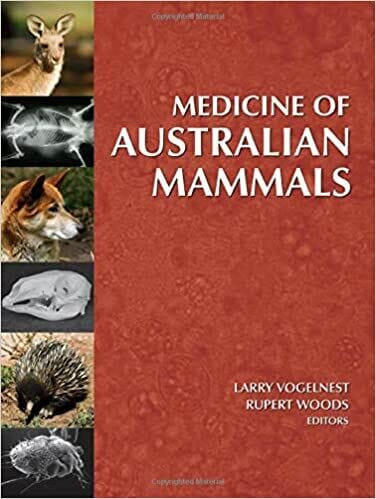

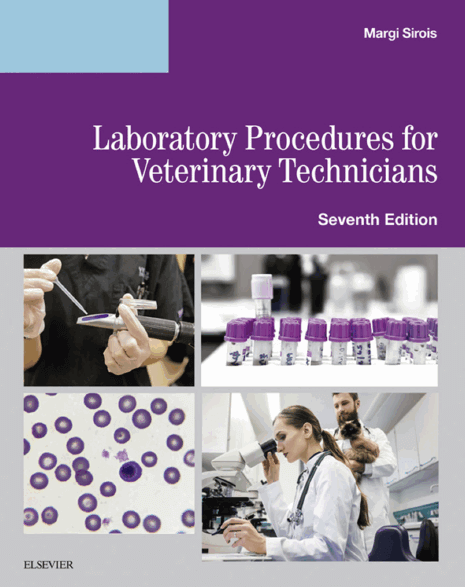
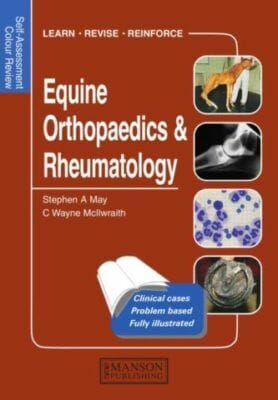
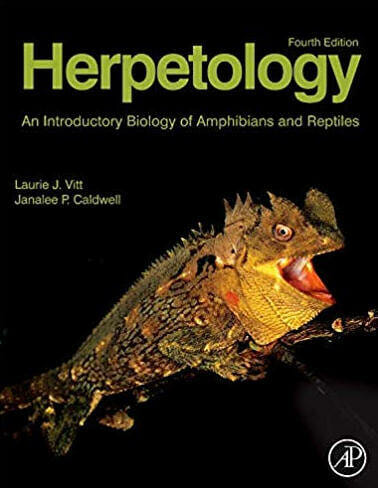
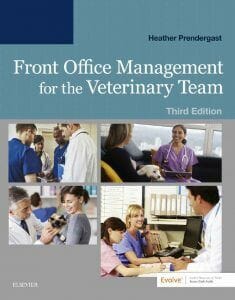
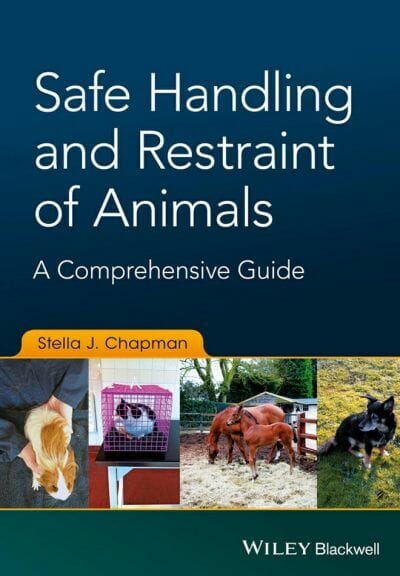
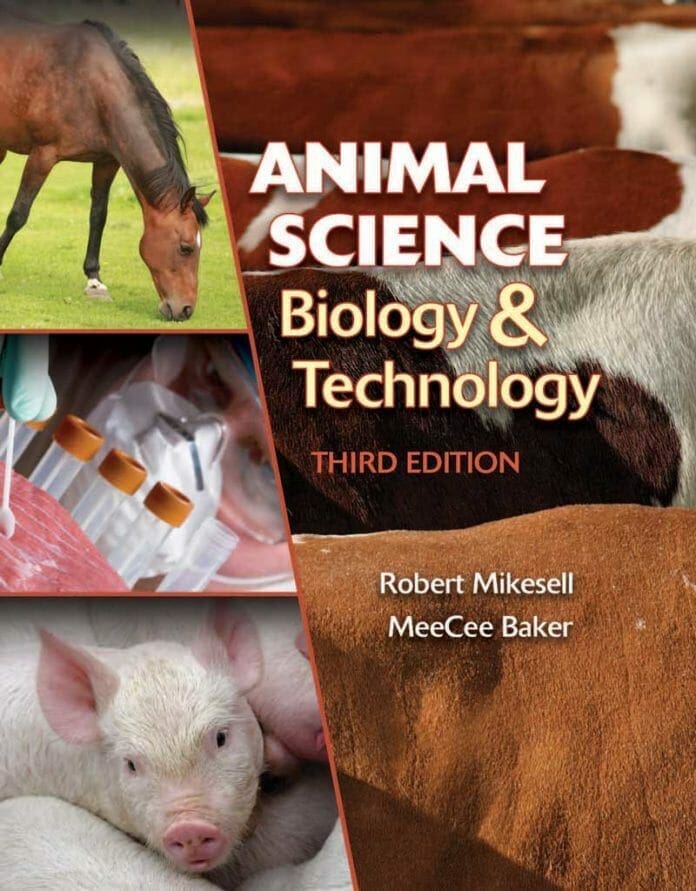
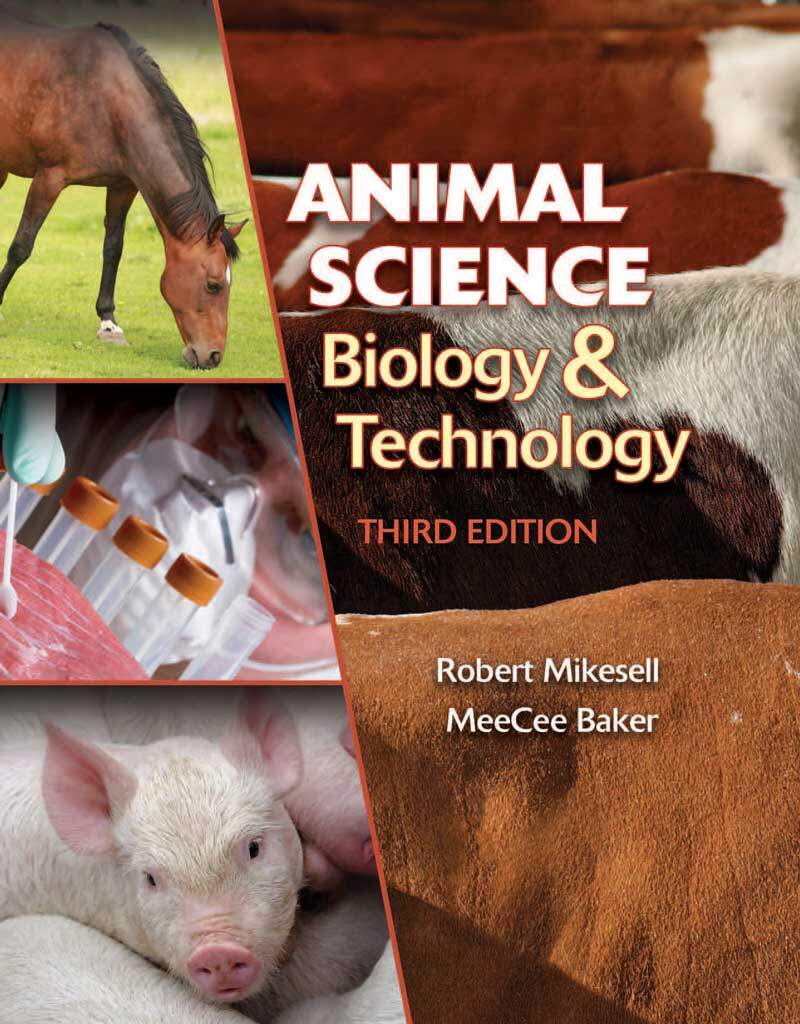
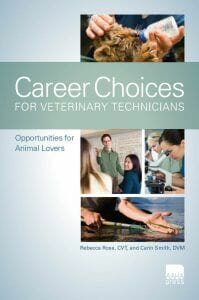
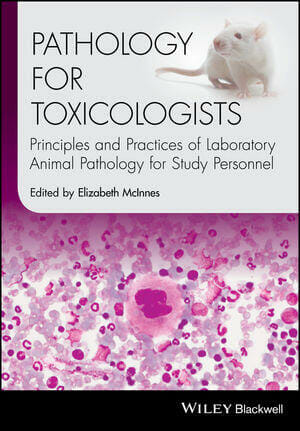
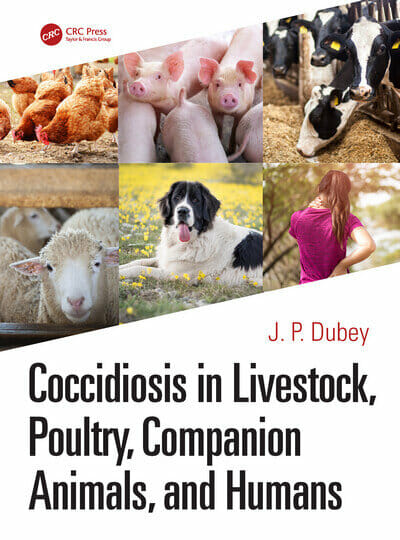




![Ettinger’s Textbook of Veterinary Internal Medicine 9th Edition [PDF+Videos] Ettinger’s Textbook of Veterinary Internal Medicine 9th Edition [True PDF+Videos]](https://www.vet-ebooks.com/wp-content/uploads/2024/10/ettingers-textbook-of-veterinary-internal-medicine-9th-edition-100x70.jpg)
![Textbook of Veterinary Diagnostic Radiology 8th Edition [PDF+Videos+Quizzes] Thrall’s Textbook of Veterinary Diagnostic Radiology, 8th edition PDF](https://www.vet-ebooks.com/wp-content/uploads/2019/09/textbook-of-veterinary-diagnostic-radiology-8th-edition-100x70.jpg)







